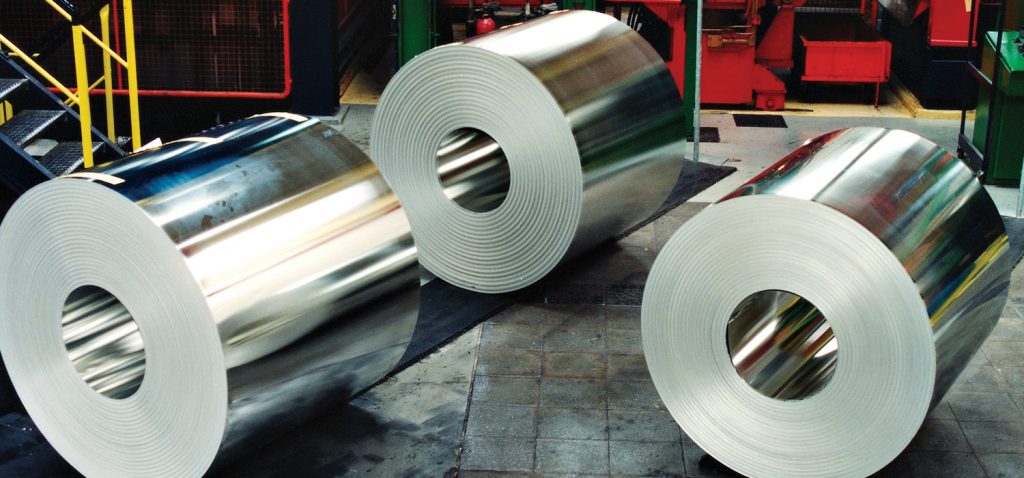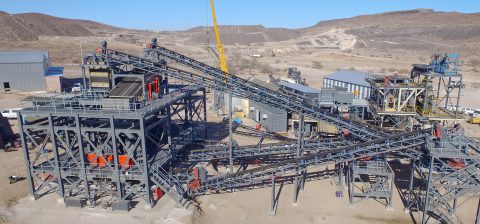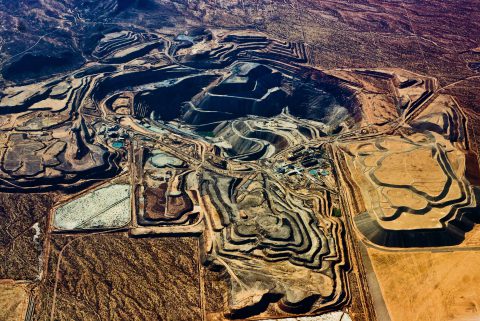SA Mining
Tin Talk
Like most markets, the tin industry has been hammered by the Covid-19 pandemic, but unlike most industries, it has been able to count some positives. SA Mining recently caught up with International Tin Association’s market analyst James Willoughby to chat about how the tin market performed in 2020, and the outlook for 2021.
Can you share a view of the tin market performance in 2020?
The tin market was beginning to take off at the beginning of the year before the coronavirus pandemic hit, thanks to the signing of the US-China Phase 1 deal. When the virus began taking off in March, the tin price dropped considerably. The price reached $13 000/tonne, which was a five-year low. However, the price has recovered since, and is now up year-to-date.
What were the key driving factors across the value chain?
The driver behind this recovery in price has primarily been China. Demand there has returned to near-normal levels much faster than anticipated due to the strong coronavirus response. On the other side of the market equation, supply has been relatively constrained due to ongoing issues in Myanmar, the country’s major supplier of ore and concentrates.
Outside of China, some major smelters and mines were closed in the second and third quarters due to national lockdowns in response to the virus. They have been slowly returning, however, and are now catching up with lost production. But demand has been slow to return. Second waves in major economies (EU and US) have seen many consumers hold off purchasing metal. The situation does seem to be improving, however, with many tin users confident of a positive 2021.
Have there been any positives to come out of the Covid-19 pandemic for the tin industry?
Several tin-using sectors appear to have benefited from the pandemic, yes.
Tinplate is primarily used in tin cans. In periods of uncertainty, these become more popular as consumers look to stockpile food in case of severe disruptions. The COVID-19 pandemic proved no different.
Lockdowns, including working from home, have boosted sales of electronics for personal and educational computing, data centres, communications, home entertainment, and home appliances. They have also triggered an exodus to the countryside benefiting tin chemicals used in residential construction.
Tin use in lead-acid batteries has also benefited from coronavirus control measures. With some countries beginning to return to work in offices, people are returning to cars to find that the batteries no longer work after not having been used for several months, boosting the replacement battery market. Furthermore, now that people are returning to work, many are avoiding using public transport due to virus concerns.
From a production point of view how did the industry fare compared to previous years?
Tin production was actually impacted quite significantly by the initial wave of the coronavirus, although generally not due to issues at mines or smelters. In fact, national lockdowns kept workers are home, forcing many smelters to be put into temporary care and maintenance. Four major smelters were directly impacted by this. However, most of these have now returned to production, with aims to catch up on lost output.
However, weak demand has meant that at least one other smelter has cut its production target for the year. In March, PT Timah announced that it would reduce exports by around 30% and would also reduce production. The combination of these two factors has meant that refined tin production in 2020 is estimated to fall by around 6% compared to 2019.
Which are the largest areas for tin production?
The tin market is split roughly in two: China and the rest of the world. China produces around half of all refined tin, and nearly a quarter of all tin concentrate. In the rest of the world, the biggest tin producer is Indonesia, both in terms of mining and smelting/refining.
Myanmar is also notable for its large mining industry – currently the world’s third largest. This concentrate is shipped to China for smelting.
How do you foresee the factors of 2020 impacting the tin industry in 2021?
We believe that 2021 will be a recovery year for the tin market. Without the threat of a second wave, we would have expected tin use to recover back to pre-COVID levels in early 2021. However, the coronavirus appears likely to continue to impact the world in 2021, with countries going into temporary lockdowns through 2021 to deal with more localised outbreaks. The impact to demand will likely be less than the original outbreak but will still constrain some demand and cause it to be patchy.
With the added effect of rising geopolitical tensions, companies are likely to accelerate geographical supply chain restructuring to mitigate risks, redistributing tin use globally, especially within Asia. The production side of the market is back to normal and so we do not envisage continued issues in 2021.
From a tin market outlook point of view, what do you anticipate for 2021?
We are forecasting a balanced tin market for 2021. Although we believe demand will recover to pre-COVID levels, the market was balanced this year due to unplanned smelter closures and planned production cuts. In 2021, production will likely return to full capacity, meeting this demand for metal.






 Sign-up and receive the Business Media MAGS newsletter OR SA Mining newsletter straight to your inbox.
Sign-up and receive the Business Media MAGS newsletter OR SA Mining newsletter straight to your inbox.